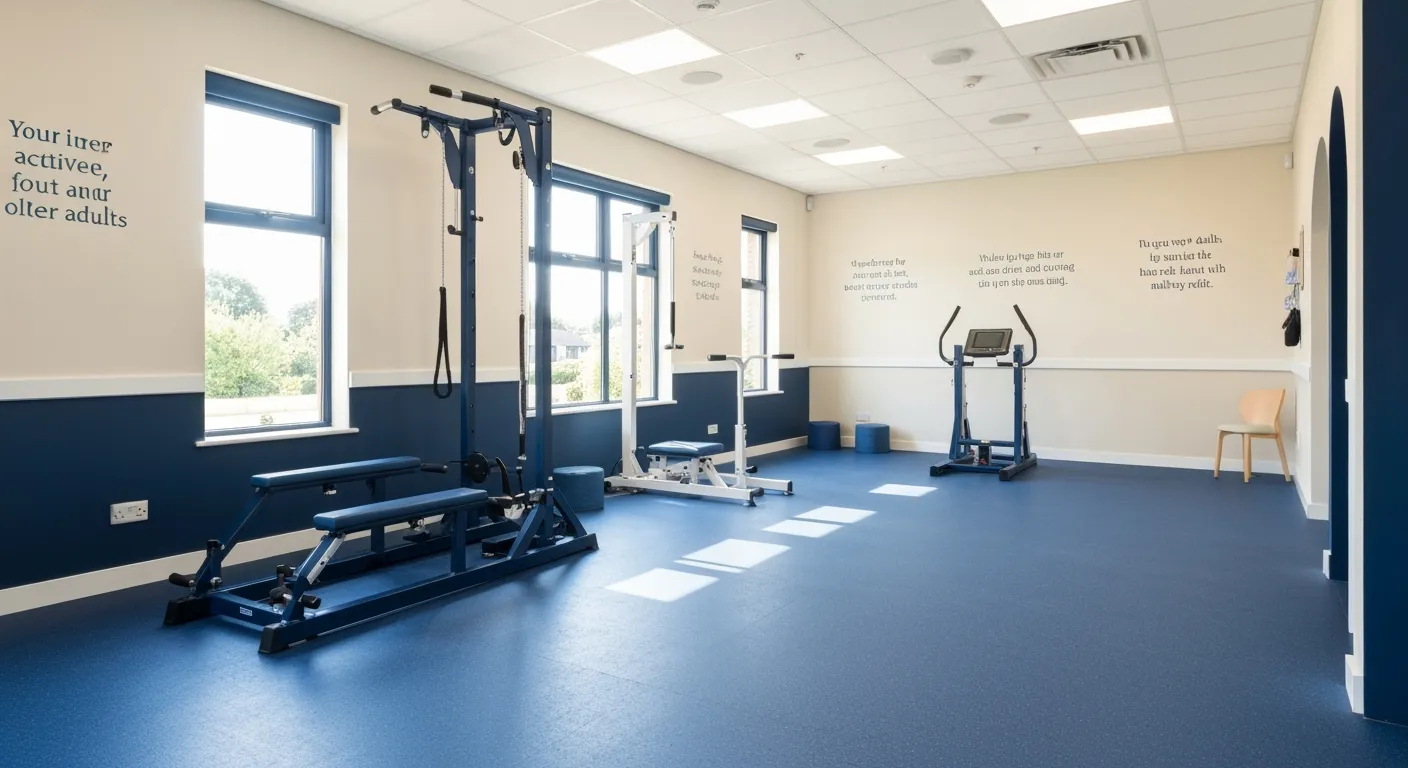How Massage Encourages the Release of Endorphins
August 26, 2025
10 min

Understanding the Connection Between Massage and Endorphin Release
Massage therapy is more than just a relaxing experience—it's a scientifically backed strategy to boost the body's production of endorphins, natural chemicals responsible for pain relief and mood enhancement. This article explores the physiological mechanisms behind this connection, the health benefits that arise from endorphin release during massage, and the broader impacts on mental and physical well-being.
The Science Behind Endorphins and Their Role in the Body

What roles do endorphins play in the body?
Endorphins are the body's natural chemicals that serve as vital neurotransmitters and hormones. They are mainly produced in the brain's pituitary gland and hypothalamus, especially in response to pain, stress, or pleasurable activities like exercise, laughter, and massage.
These chemicals attach to opioid receptors across the brain's reward system. By doing so, they block pain signals from nerves and induce feelings of pleasure, happiness, and relaxation. This dual role makes endorphins powerful natural painkillers, comparable to morphine in effect.
Beyond pain relief, endorphins are essential for reducing stress and alleviating symptoms of depression and anxiety. They support emotional resilience and boost confidence, especially during physically or emotionally challenging situations.
Certain activities notably stimulate endorphin release, including physical activity, sex, eating dark chocolate, creative pursuits, and massage therapy. These activities help elevate mood, increase well-being, and provide relief from discomfort.
Activities that promote endorphin levels also help improve sleep, reduce muscle tension, and foster a positive mental state. Therefore, endorphins play a critical role in maintaining mental and physical health, helping the body manage pain and emotional stress effectively.
How do endorphins act as natural painkillers and mood enhancers?
Endorphins bind to specific receptors in the brain and spinal cord, effectively inhibiting pain signals. This action diminishes the perception of pain, providing relief from both acute and chronic discomfort.
Additionally, endorphins promote a sense of euphoria and well-being, often described as a
How Massage Therapy Stimulates Endorphin Release

How does massage therapy promote the release of endorphins?
Massage therapy encourages the body’s natural mood elevators and painkillers, known as endorphins, through various physiological mechanisms. When a massage is performed, gentle manipulation of the muscles and tissues stimulates sensory nerves located in the skin and soft tissues. These nerves send signals to the brain, particularly to areas involved in regulating mood and pain perception.
Techniques such as kneading, wringing, and myofascial release activate pressure receptors within muscles and connective tissues. These receptors are connected to the autonomic nervous system, which controls involuntary bodily functions. Activation of this system during massage encourages a relaxation response, facilitating the release of endorphins.
Furthermore, massage reduces stress hormones like cortisol. Lower cortisol levels help the body shift into a state of relaxation, which supports endorphin production. Increased blood circulation during massage also plays a crucial role by delivering oxygen, nutrients, and the released hormones to cells and tissues more efficiently.
Overall, the combination of mechanical stimulation, nervous system activation, and improved circulation ensures that endorphins are released in sufficient amounts to reduce pain, elevate mood, and induce a deep sense of well-being.
Techniques like kneading, myofascial release, and their physiological impact
Various massage techniques have specific effects on hormone release and tissue health. For example, kneading and myofascial release apply targeted pressure to muscle groups, breaking up adhesions and encouraging blood flow. These motions stimulate pressure receptors in tissues that trigger the nervous system to release endorphins.
These techniques also activate the parasympathetic division of the autonomic nervous system, the part responsible for rest-and-digest activities. This activation promotes calmness, lowers stress hormone levels, and enhances circulation. As blood vessels expand, more endorphins and beneficial chemicals are transported across the body, amplifying the positive effects of massage.
Reduction of cortisol and influence on stress
Massage therapy significantly decreases levels of cortisol, a hormone closely associated with stress. Lower cortisol levels lead to a relaxation response that promotes mental clarity, reduces anxiety, and supports overall health.
This hormonal shift is partly due to the stimulation of pressure receptors and nerve signals that encourage the nervous system to favor parasympathetic activity. As a result, individuals often feel calmer, happier, and more relaxed after a massage.
Improved circulation facilitating endorphin distribution
Increased blood flow is a hallmark of massage therapy. By promoting circulation, massage ensures that endorphins and other mood-enhancing hormones are distributed rapidly throughout the body. Improved circulation helps in the removal of metabolic waste products like lactic acid, reduces muscle tension, and supplies oxygen to tissues.
This enhanced blood flow supports the body's natural ability to recover, heal, and maintain mood balance. It also facilitates the pharmacokinetics of hormones like endorphins, increasing their efficacy in relieving pain and enhancing emotional well-being.
Hormonal and Neurotransmitter Changes Induced by Massage

What hormones and neurotransmitters are released after a massage?
Massage therapy triggers the release of several beneficial hormones and neurotransmitters that greatly influence mood, pain perception, and stress levels. The most prominent among these are endorphins, which act as the body's natural painkillers and mood elevators. Their release helps to diminish discomfort and induce feelings of happiness. Alongside endorphins, neurotransmitters like serotonin and dopamine increase, both of which are essential for emotional stability and feelings of well-being. These chemicals promote calmness and mental clarity, helping to reduce anxiety and depressive symptoms.
In addition to these, massage often results in the release of oxytocin, known as the 'love hormone,' which fosters trust and emotional bonding. This hormonal surge creates a sensation of warmth, trust, and connection, particularly beneficial during relaxation and stress relief.
Furthermore, massage significantly reduces cortisol, the hormone associated with stress. Lower cortisol levels are linked to decreased tension, better sleep, and improved overall mental health. This shift toward a more relaxed state involves activation of the parasympathetic nervous system, which promotes calmness, resets nervous system activity, and fosters emotional comfort.
Scientific studies support these effects. For example, measurements of plasma beta-endorphin levels after connective tissue massage show an average increase of 16%, peaking around five minutes post-treatment. This hormonal spike correlates with pain relief, warmth, and feelings of well-being. Overall, massage influences brain chemistry profoundly, encouraging relaxation and emotional balance.
How these changes promote relaxation, well-being, and emotional comfort
The cascade of hormonal releases during massage helps create a state of deep relaxation and mental calm. Elevated endorphins and serotonin improve mood and reduce anxiety, while dopamine boosts motivation and self-confidence. The combined effect diminishes perceptions of pain and stress, helping individuals feel more comfortable and emotionally balanced.
By lowering cortisol and activating the parasympathetic nervous system, massage shifts the body away from stress responses and toward rest and recovery. This physiological change supports better sleep, boosts immune function, and enhances overall health.
In sum, the hormonal shifts induced by massage are fundamental to its mental and physical benefits. They not only alleviate pain and reduce stress but also promote a psychological sense of well-being, happiness, and emotional resilience.
The Mental Health and Emotional Benefits of Endorphin Release Through Massage

How is endorphin release through massage therapy connected to improvements in mental health and emotional well-being?
Massage therapy triggers the release of endorphins, which are natural chemicals produced by the body to manage pain and elevate mood. When a person receives a massage, pressure receptors in the skin and soft tissues get activated, stimulating the production of endorphins in the brain and nervous system.
These hormones act as natural mood elevators and painkillers, helping to reduce feelings of stress, anxiety, and depression. The surge in endorphins creates a sense of calm and happiness, making massage an effective complementary approach for boosting emotional health.
In addition to endorphins, massage promotes the reduction of cortisol, the hormone closely linked with stress. Lowering cortisol levels helps the body shift into a more relaxed state, further easing emotional tension. The interaction of endorphins and other neurohormones like oxytocin enhances feelings of social connection and trust, which are vital for emotional resilience.
Research supports these effects, showing that regular massage sessions can lead to noticeable decreases in anxiety and depressive symptoms. The physical relaxation, combined with neurochemical changes, creates a wholesome impact on mental health. Many individuals find that massage supports overall emotional balance and improves their ability to cope with everyday stressors.
Impact on anxiety, depression, and emotional balance
Massage offers a calming experience by increasing endorphins and other mood-enhancing neurohormones. This results in reduced anxiety levels, better mood regulation, and an improved sense of emotional stability.
Endorphins’ role in mood elevation and stress relief
Endorphins interact with opioid receptors in the brain, helping to block pain signals and trigger feelings of euphoria. This natural response supports stress relief and enhances feelings of pleasure.
Massage therapy's effect on mental clarity and sleep quality
By alleviating muscle tension and promoting relaxation, massage can improve sleep quality. Better rest, in turn, improves mental clarity, focus, and emotional well-being.
Scientific insights into massage as a complementary mental health approach
Studies show that massage therapy not only reduces physical discomfort but also stimulates neurochemical responses that support mental health. By fostering relaxation and emotional balance, massage serves as a valuable adjunct to traditional mental health treatments.
| Effect Area | Key Benefits | Supporting Mechanism |
|---|---|---|
| Anxiety Reduction | Lowered anxiety levels | Endorphin and serotonin increase |
| Mood Enhancement | Elevated mood | Endorphins and dopamine release |
| Stress Relief | Decreased cortisol | Activation of parasympathetic nervous system |
| Sleep Improvement | Better sleep quality | Relaxation response and hormonal balance |
In summary, the neurochemical effects generated during massage sessions—primarily the release of endorphins—significantly support emotional well-being. They help reduce stress and anxiety, improve mood, and contribute to overall mental health. Regular massage can be a valuable part of an approach aimed at enhancing emotional resilience and mental clarity.
Health Implications and Broader Benefits of Endorphin-Boosting Massage Therapy

What are the health benefits of endorphin release through massage therapy?
Massages that stimulate endorphin release offer a range of health advantages. These natural chemicals act as the body's own painkillers, helping to reduce discomfort and muscle tension. When endorphins flood the system, they also enhance mood and promote relaxation, which can significantly lower stress levels.
The activation of touch receptors during massage triggers the release of neurotransmitters like serotonin and dopamine as well, creating a feeling of well-being and euphoria. This biochemical response not only eases emotional stress but also supports physical recovery. For athletes and active individuals, regular massage can improve flexibility, strength, and joint mobility.
Overall, the surge in endorphin levels from massage therapy underpins its role in improving mental health, alleviating chronic pain, and boosting the body's natural healing mechanisms. These hormonal effects make massage a valuable complementary practice for emotional stability and physical health.
How do endorphins differ from other neurotransmitters like dopamine?
Endorphins and dopamine are both involved in the body's reward and mood regulation pathways, yet they serve different purposes. Endorphins are primarily linked to pain relief and stress reduction. They are released in response to pain, stress, and pleasurable activities such as massage, exercise, or eating, attaching to opioid receptors to block pain signals.
Dopamine, on the other hand, mainly influences motivation, reward, and feelings of pleasure. It is released when we experience success, anticipate rewards, or engage in goal-oriented activities.
While both chemicals enhance overall well-being, endorphins are focused on reducing discomfort and promoting calm, whereas dopamine drives motivation and reward-seeking behavior. Their combined action fosters physical and emotional resilience, underscoring massage therapy's holistic benefits.
Broader benefits of endorphin release include:
- Pain relief and reduced muscle tension
- Lowered cortisol levels, decreasing stress and inflammation
- Improved sleep quality
- Enhanced immune function
- Better circulation and tissue repair
Massage accelerates the body's recovery processes by increasing blood flow, facilitating cellular exchange, and reducing connective tissue adhesions. These effects support overall health, helping the body to heal from injuries and maintain optimal function.
| Benefit Area | Specific Impact | How Massage Contributes |
|---|---|---|
| Pain Management | Endorphins block pain signals, reduce aches | Mechanical pressure and enhanced circulation trigger release |
| Stress Reduction | Lower cortisol levels, promote relaxation | Activation of parasympathetic nervous system |
| Muscular Flexibility | Muscle relaxation, reduced knots | Breaking adhesions, increasing tissue elasticity |
| Inflammation Control | Decreased inflammatory cytokines | Improved lymph flow and tissue repair |
| Sleep Quality | Better sleep onset and duration | Stress relief and relaxation response |
These interconnected effects contribute to a comprehensive health boost, emphasizing massage as a useful tool for physical and mental wellness.
The Holistic Impact of Massage-Induced Endorphin Release
Massage therapy harnesses the body's natural mechanisms to release endorphins and other beneficial hormones, offering a powerful tool for managing pain, reducing stress, and enhancing emotional well-being. Through gentle manipulation and targeted techniques, massage activates the nervous system to promote hormone release that facilitates relaxation, mood elevation, and physical recovery. Beyond its soothing effect, massage therapy supports mental health by lowering stress hormones, improving sleep, and boosting immune function. Understanding how massage encourages endorphin release underscores its value as a complementary treatment that nurtures the mind-body connection, fostering resilience and holistic wellness.
References
- Increased Endorphines Serotonin Dopamine - Massage - Physio.co.uk
- What Are Endorphins (And How Are They Connected to Massage)?
- Relieving Stress: How Massage Therapy Can Make a Difference
- Endorphins: What They Are and How to Boost Them - Cleveland Clinic
- Increase of plasma beta-endorphins in connective tissue massage
- Blissful Release Of Endorphins: How 1 Massage Can Transform ...
- What Happens to Your Muscles During Massage Therapy ...
- Massage Therapy Increases Endorphins
Recent articles

Complementing Chiropractic Care with Physiotherapy: What You Need to Know

What to Expect During Your First Chiropractic Visit

Simple Lifestyle Adjustments to Maintain a Healthy Spine
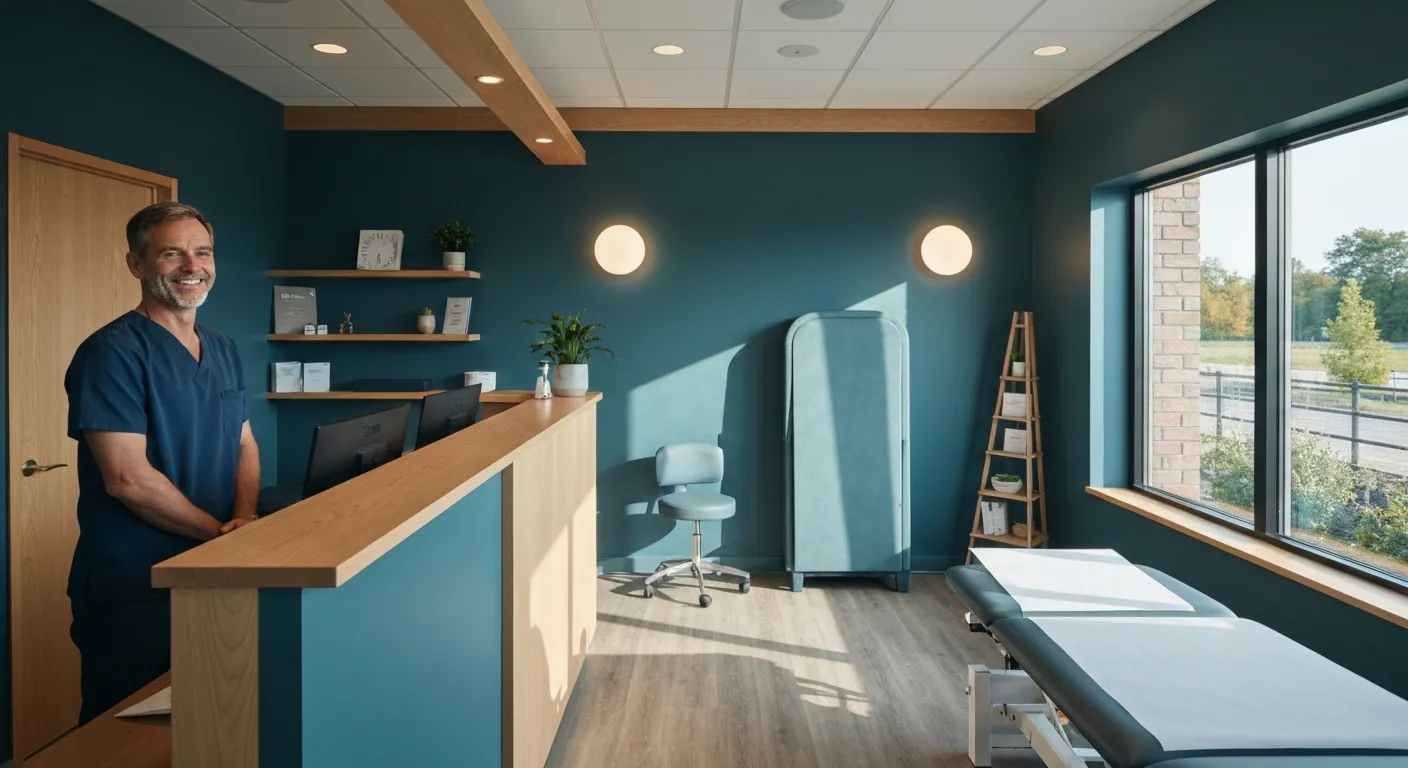
Personalized Nutritional Counseling for Improved Health Outcomes
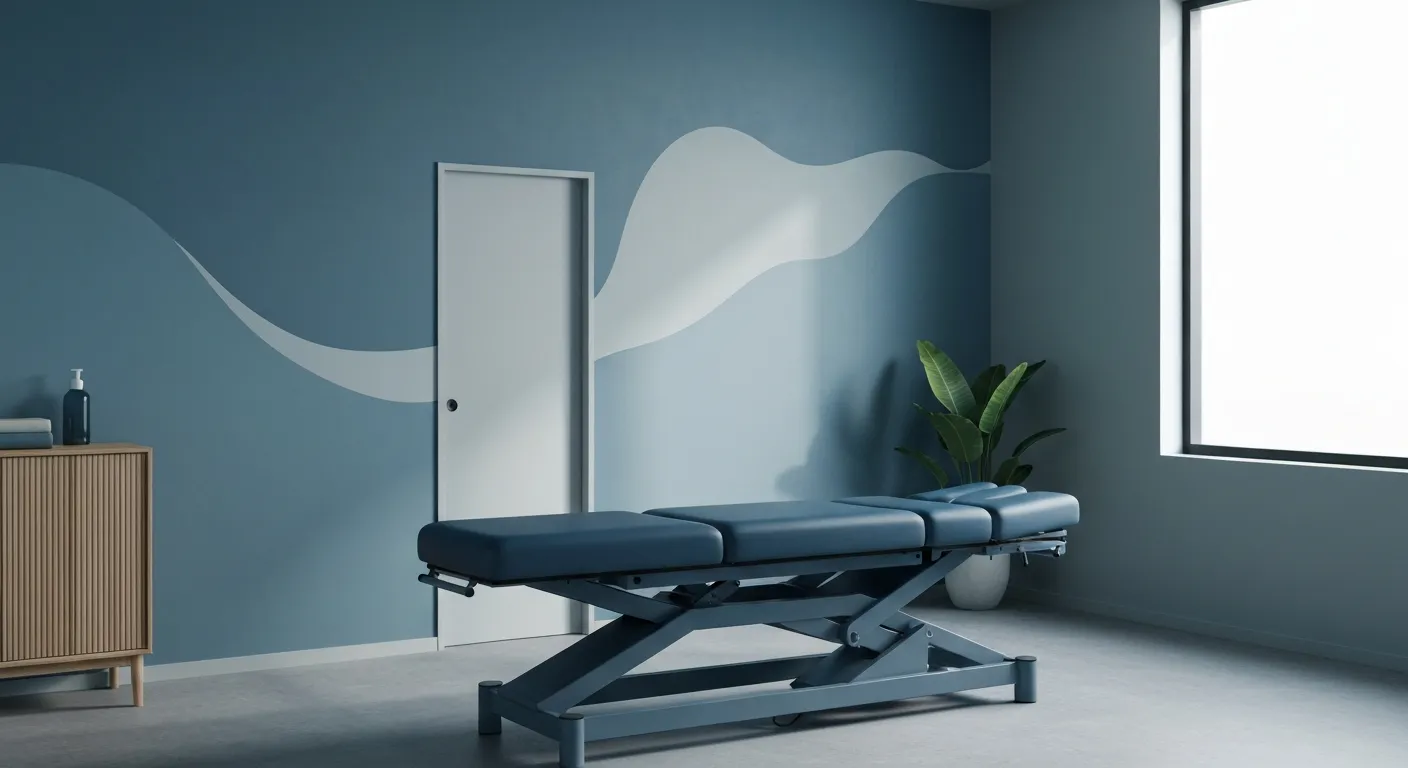
Exploring Non-Surgical Treatments for Spine-Related Conditions

An Introduction to Spinal Decompression for Sciatica Patients

Transformative Success Stories: Patient Experiences with Chiropractic Treatments

Why Chiropractic Care Is Essential for Back Pain Relief
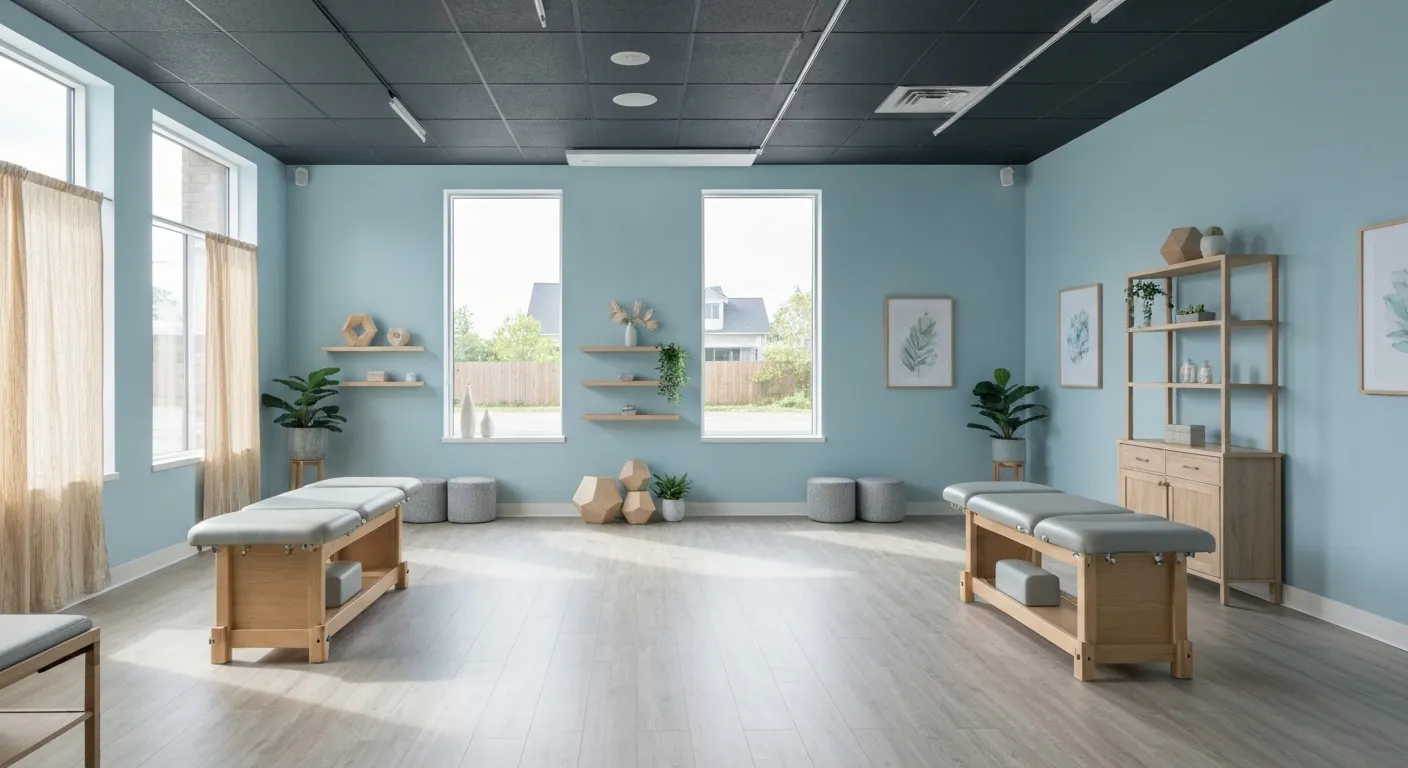
Addressing Underlying Causes Versus Symptom Management in Pain Care

The Role of Nutrition in Enhancing Chiropractic Treatment Effectiveness

Sciatica Treatment Options: Is Spinal Decompression Right for You?

Lifestyle Tips to Maintain a Healthy Spine and Prevent Back Issues

The Synergy Between Physiotherapy and Chiropractic Treatments

What Happens During Your Initial Chiropractic Consultation

Effective Corrective Exercises for Sustainable Pain Management

Taking a Root Cause Approach to Chronic Pain Management

Holistic Pain Management Techniques Without Surgery

How Patient Success Stories Validate Chiropractic Care Benefits

Spinal Decompression: Innovative Treatment for Sciatic Nerve Pain

Spinal Decompression Therapy: A Non-Invasive Approach to Sciatica Relief

Exploring Holistic Approaches Beyond Surgery for Pain Relief

Practical Lifestyle Advice to Support a Healthy Spine Every Day

Corrective Exercise Routines Designed for Long-Term Pain Prevention

Real Patient Stories: Overcoming Chronic Pain with Chiropractic Care

Lifestyle Changes That Promote a Healthy Spine and Prevent Injury

How Addressing the Root Cause of Pain Leads to Lasting Relief

Non-Surgical Holistic Therapies to Manage Chronic Pain Effectively

Nutritional Counseling's Impact on Physical Health and Healing

Benefits of Regular Chiropractic Care for a Stronger Back

Your First Chiropractic Visit: What to Expect and How to Prepare

Patient Experiences: How Chiropractic Care Transformed Their Lives

Exploring Holistic, Non-Surgical Options for Pain Management

Combining Physiotherapy with Chiropractic Treatments for Enhanced Recovery

Holistic Treatments That Offer Alternatives to Surgery for Pain Relief

Corrective Exercise Strategies for Long-Term Spine Health

How Physiotherapy Complements Chiropractic Adjustments for Better Outcomes

First-Time Chiropractic Visitors: What You Should Know

Understanding the Importance of Treating Pain at Its Source

Adopting Lifestyle Changes to Support Your Spine's Wellness

Utilizing Physiotherapy to Enhance Chiropractic Treatment Outcomes

The Key Advantages of Chiropractic Care for Back Pain Sufferers

Why Focusing on Root Causes Improves Pain Treatment Success

Corrective Exercises That Promote Lasting Pain Relief and Mobility

Sciatica Relief Through Targeted Spinal Decompression Techniques

Preparing for Your First Chiropractic Appointment with Confidence

Healthy Lifestyle Habits for Maintaining Spinal Alignment

Success Stories Highlighting Chiropractic's Role in Pain Recovery

Top Benefits of Chiropractic Care for Chronic Back Pain

Nutrition Tips to Boost Your Overall Wellness and Recovery

How Chiropractic Care Alleviates Back Pain Naturally

How Nutritional Counseling Supports Overall Wellness and Spine Health

Step-by-Step Guide to Your First Visit with a Chiropractor

Using Nutrition to Support Chiropractic and Overall Wellness

Integrating Physiotherapy in Your Chiropractic Healing Journey

How Physiotherapy Complements Chiropractic Adjustments for Faster Healing

Lifestyle Tips for Maintaining a Healthy Spine and Preventing Back Pain

Heartwarming Patient Testimonials Highlighting Chiropractic Success

How Proper Nutrition Supports Chiropractic and Physiotherapy Treatments

Combining Physiotherapy and Chiropractic Treatments for Optimal Recovery

Why Chiropractic Treatments Are Effective for Managing Back Pain

Choosing a Chiropractor: Tips for Finding a Trusted Provider

Integrating Physiotherapy and Chiropractic: Benefits and What to Expect

How Tailored Corrective Exercises Can Aid in Pain Management

Chiropractic Care: A Proven Solution for Alleviating Back Pain

What to Expect at Your First Chiropractic Visit: A Comprehensive Guide

The Importance of Root Cause Analysis in Effective Pain Management
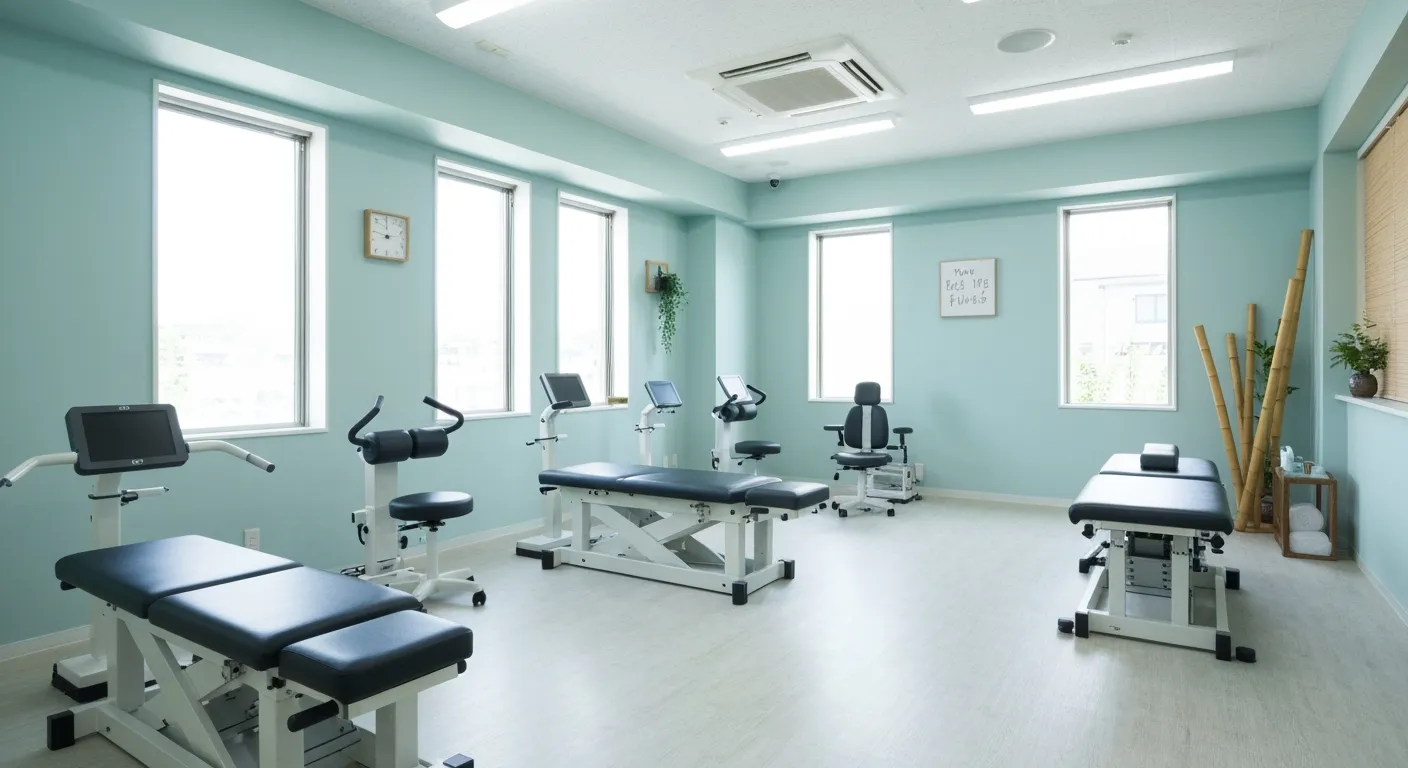
The Role of Corrective Exercises in Sustaining Pain-Free Living

Combining Chiropractic and Physiotherapy for Comprehensive Pain Relief

How Addressing Underlying Causes Improves Pain Treatment Effectiveness

Maintaining Spinal Health Through Lifestyle Changes and Preventive Care

Understanding the Benefits of Chiropractic Adjustments for Back Pain Sufferers

Spinal Decompression Therapy: A New Hope for Sciatica Relief

Lifestyle Recommendations to Support a Healthy Spine and Reduce Pain

Choosing the Right Chiropractor: Key Factors to Consider Before Your First Appointment

Non-Invasive Treatment Alternatives: A Holistic Approach to Pain Relief

Corrective Exercises to Support Long-Term Relief from Chronic Pain

Exploring Non-Surgical Approaches to Spine Health and Wellness

Tips for Daily Habits That Keep Your Spine Strong

Success Stories: How Chiropractic Treatments Changed Lives

Why Focusing on the Root Cause of Pain Leads to Better Outcomes

Nutritional Counseling and Its Impact on Overall Wellness and Recovery

Patient Testimonials That Showcase the Power of Chiropractic Care

Preparing for Your First Chiropractic Appointment: What You Need to Know

Holistic Treatment Options: Beyond Surgery for Pain Relief

Holistic Pain Relief Methods That Avoid Surgery

Nutritional Strategies for Supporting Spine Health and Recovery

First Chiropractic Visit: What Happens and How to Prepare

Chiropractic Patient Success Stories: Inspiring Journeys to Wellness
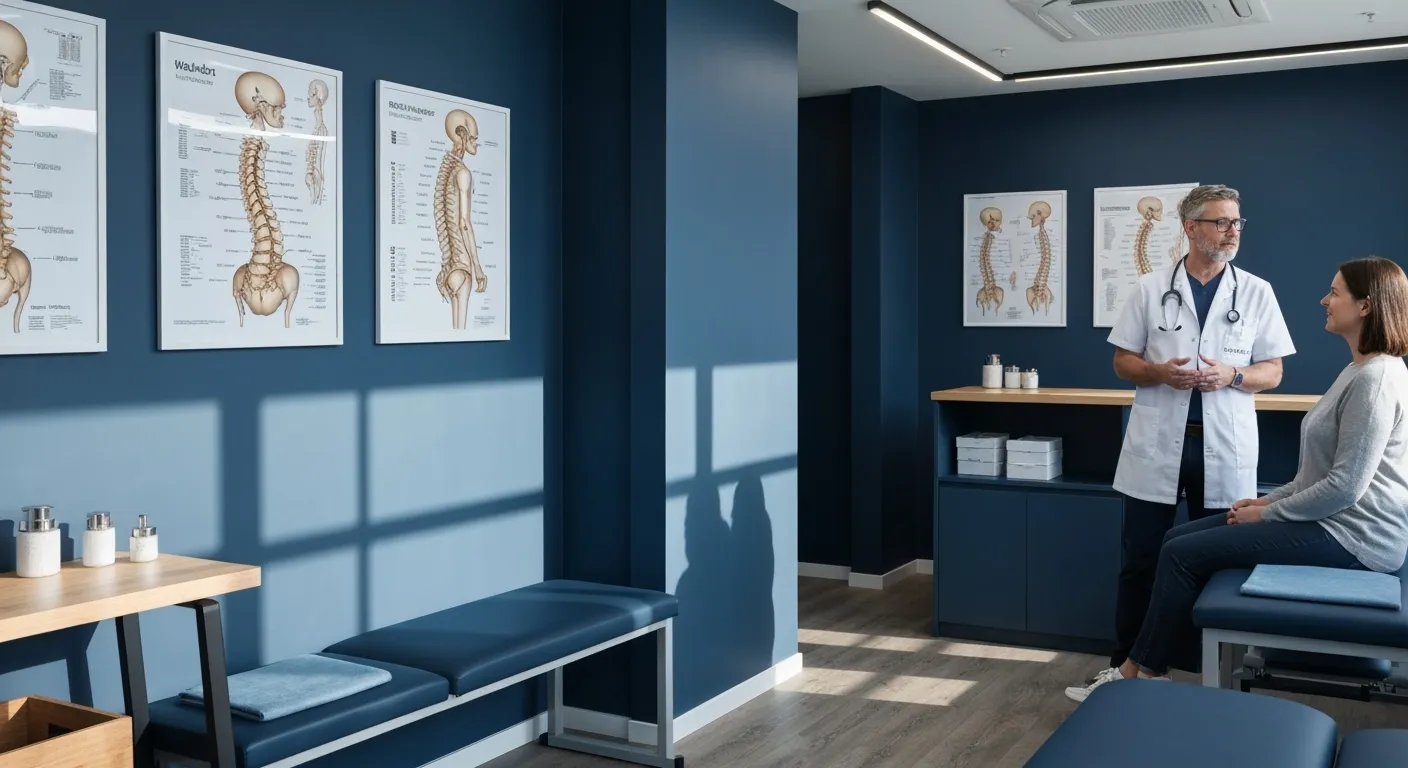
Effectiveness of Spinal Decompression Therapy in Managing Sciatic Nerve Pain

Addressing Pain at Its Source: Why Treating the Root Cause Matters

Corrective Exercise Programs Designed for Long-Term Pain Prevention

Healthy Lifestyle Advice for Maintaining Spinal Alignment

Understanding Spinal Decompression as a Treatment for Sciatica Pain

Benefits of Chiropractic Care Specifically for Back Pain Relief

Understanding Gait Analysis in Physiotherapy
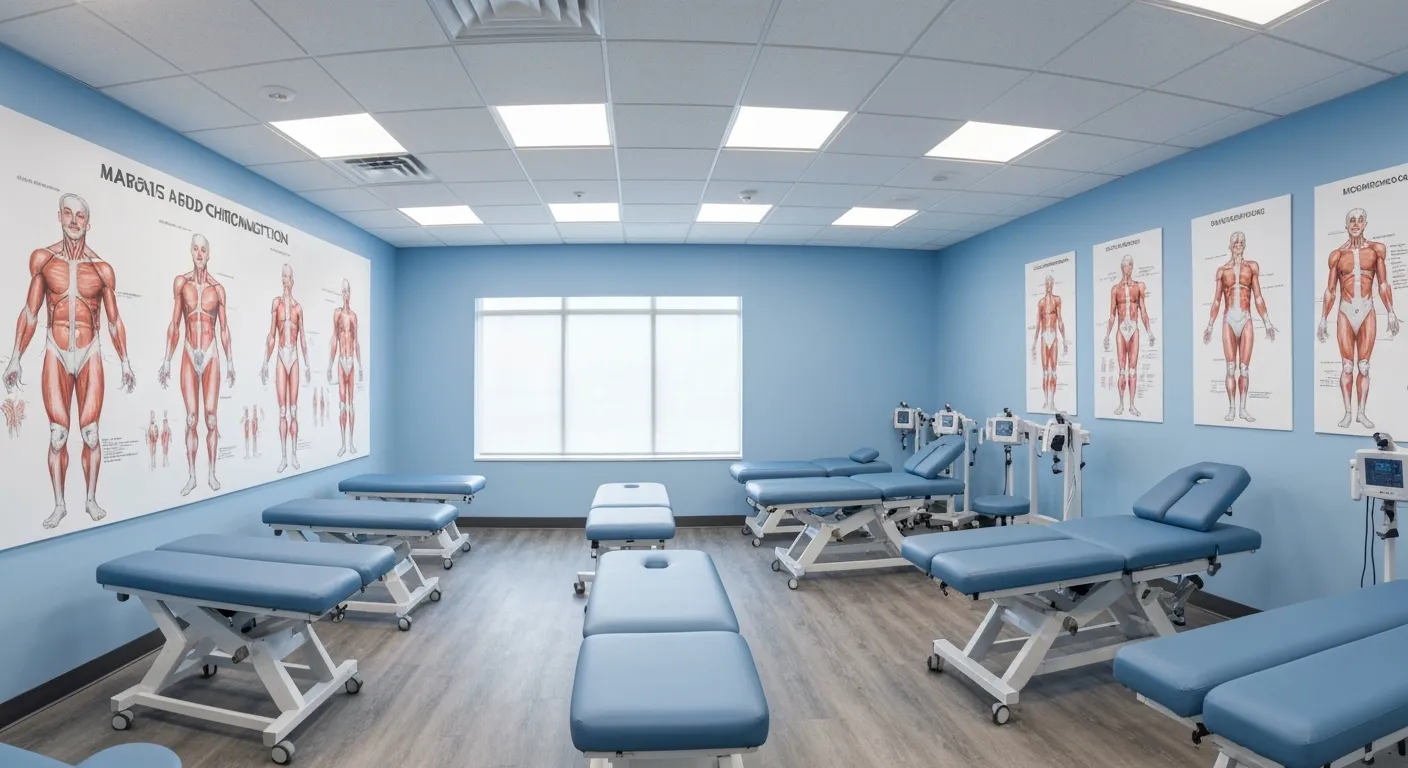
The Difference Between Muscle Soreness and Dysfunction

Workplace Stress Statistics: How Muscle Tension Impacts Productivity

How Physiotherapy Improves Mobility for Seniors

How to Communicate Pain Levels to Your Therapist Effectively
